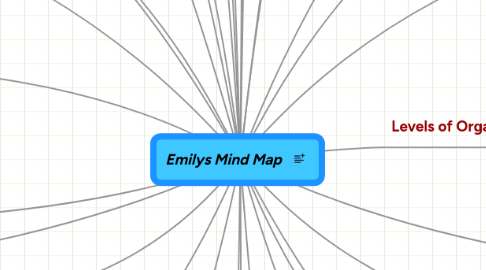Emilys Mind Map
by Emily Galluppi


1. Climax Communities
1.1. The final stage in ecological succession, in which a constant enviroment is reached.
2. J - Curve
2.1. Hits its' carrying capacity and it increases causing a population "explosion" and competition for resources.
3. Non-renewable Resources
3.1. Any material or energy source that cannot be replaced within a human life span. (oil, metals, plastic)
4. Renewable Resources
4.1. Any material or energy source that cycles or can be replaced within a human life span. (plants, animals, sunlight, clouds)
5. Natural Resources
5.1. Materials or things that people use from the Earth.
6. Expotential Growth
6.1. Faster and Faster Rate (Increasing)
7. Non-Point Source Pollution
7.1. pollutants coming from a non/un - specific source. Therefore, we're all blamed for it.
7.2. Examples:Motor Oil, Soda Cans, Dog Wastes, Etc.
8. Point Source Pollution
8.1. Drains and sewers that lead directly into rivers and streams.
8.2. Comes from one specific source (identifyable)
8.3. Examples: Pipe, Storm Drains, Etc.
9. Secondary Succession
9.1. Occurs in an ecosystem when something has disturbed or destroyed the natural community.
10. Primary Succession
10.1. Occurs in places where an ecosystem has never existed.
11. Abiotic Factors
11.1. Not living, was never living, and will never be living
11.1.1. Fire
11.1.2. Glass
11.1.3. Sand
11.1.4. Rock
11.1.5. Temperature
11.1.6. Wind Direction
11.1.7. Elevation
12. Biotic Factors
12.1. Living ( has to reproduce), was living, or a part of something that was living
12.1.1. Frog
12.1.2. Moose
12.1.3. Cow
12.1.4. Salad
12.1.5. Plant
12.1.6. Corpse
12.1.7. Plant
12.1.8. Fish
